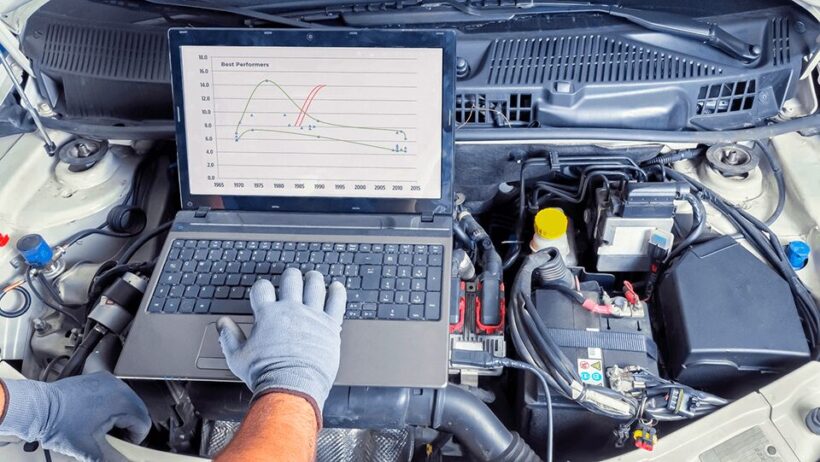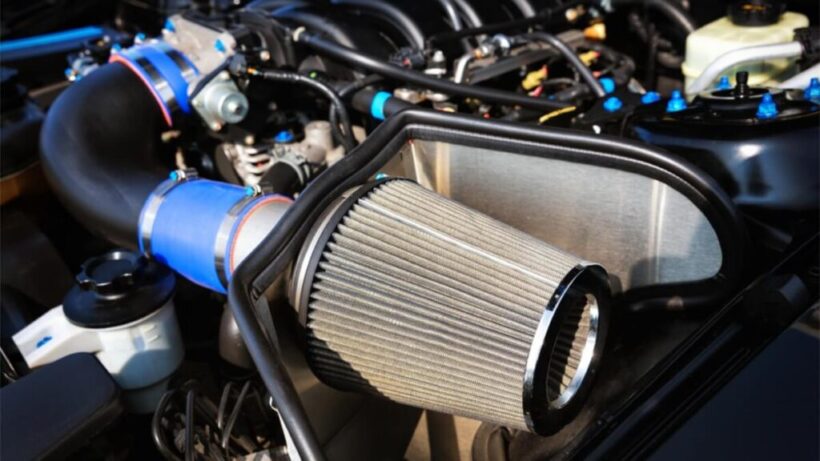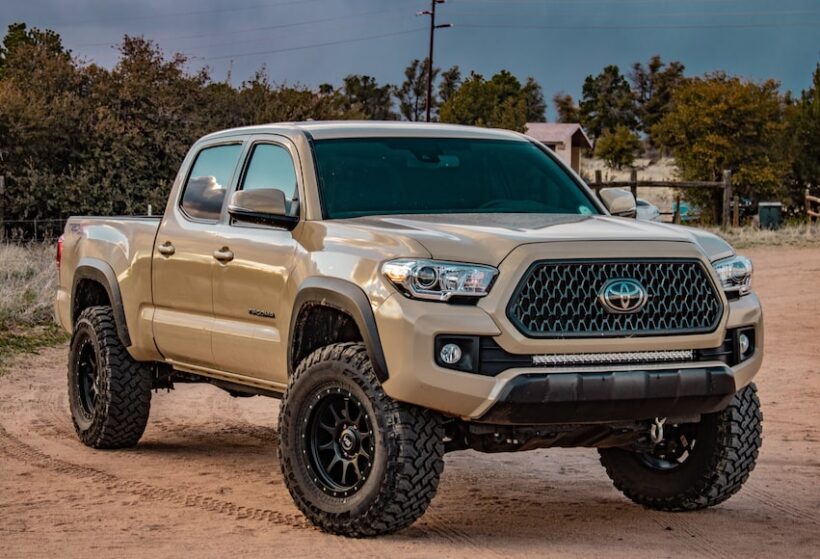Welcome to the exciting world of aftermarket customization, where you can unleash the true potential of your vehicle’s fuel efficiency. By implementing ingenious upgrades and modifications, you have the power to supercharge your fuel economy and experience a thrilling ride like never before.
In this article, we’ll explore how aftermarket customization can revolutionize your fuel efficiency, providing you with practical tips and insights to optimize your vehicle’s performance.
Fine-Tuning for Fuel Efficiency

When it comes to maximizing fuel efficiency, tuning is a crucial aspect of aftermarket customization. Tuning involves optimizing engine parameters and calibrations to achieve the perfect balance between power and efficiency.
By fine-tuning your engine control unit (ECU), you can enhance fuel mapping, ignition timing, and air-fuel ratios, resulting in improved combustion and reduced fuel consumption. Whether it’s through chip tuning, piggyback modules, or custom ECU remapping, aftermarket tuning solutions offer a tailored approach to boosting your vehicle’s fuel efficiency.
Aerodynamics Upgrades
One often overlooked aspect of fuel efficiency is the impact of aerodynamics. Upgrading your vehicle’s aerodynamics can significantly reduce drag, allowing it to slice through the air more effortlessly. Consider adding a sleek front splitter, a rear spoiler, or side skirts to optimize airflow around your vehicle.
Additionally, investing in aerodynamic wheel covers and reducing unnecessary weight can further enhance efficiency. By customizing your vehicle’s aerodynamics, you’ll not only achieve a sportier look but also experience notable fuel savings.
Over the past few years, the market for automotive aerodynamics customization has experienced a surge in popularity, signaling a significant shift from its previously overlooked status. Data Bridge Market Research indicates that the automotive aerodynamic market had a value of USD 25.17 billion in 2021. It is projected to reach USD 35.66 billion by 2029, exhibiting a fairly good CAGR of 4.45% from 2022 to 2029.
High-Flow Air Intake Systems

Enhancing your vehicle’s intake system is a popular aftermarket customization for fuel efficiency enthusiasts. High-flow air intake systems, such as cold air intakes or performance air filters, allow your engine to breathe in more oxygen, resulting in improved combustion and power output.
As mentioned in a blog post by Mechanic Base, the installation of a cold air intake can enhance engine performance by 0 to 20 horsepower, with the extent of improvement varying based on the specific car model and engine. Typically, larger engines and those with turbochargers tend to experience the greatest enhancements from a cold air intake upgrade.
These upgrades minimize airflow restrictions, increase air volume, and reduce turbulence, ultimately optimizing fuel efficiency. By installing a high-flow air intake system, you’ll witness improved throttle response and potentially achieve better fuel economy.
Fuel System Enhancements

According to Diesel Power Products, upgrading your vehicle’s fuel system components can have a significant impact on fuel efficiency. Aftermarket customization options include fuel injectors, fuel pumps, and fuel pressure regulators.
High-performance fuel injectors, for example, provide a finer fuel atomization and precise delivery, promoting better combustion efficiency. Fuel system enhancements not only optimize fuel delivery but also help achieve a more balanced and efficient operation of your vehicle’s engine.
Fuel filtration and delivery systems also play a crucial role in maintaining the health and performance of an engine. Advanced fuel filtration systems, like the AirDog fuel systems, effectively remove contaminants such as dirt, water, and debris from the fuel. This ensures cleaner fuel reaches the engine, reducing the risk of fuel system clogs, injector fouling, and engine damage.
Lightweight Materials
Reducing the weight of your vehicle is a straightforward yet effective way to improve fuel efficiency. Aftermarket customization allows you to replace heavy stock components with lightweight alternatives.
Fast Car UK suggests that replacing the average car seat with lightweight aftermarket buckets is the most effective solution for weight reduction. Conventional car seats typically weigh between 16-25 kg, whereas aftermarket seats made of reinforced fiberglass or high-end composites like Kevlar and carbon fiber can weigh as little as 4 kg. Even with the additional subframes required for installation, this represents a substantial decrease in weight.
Consider upgrading to carbon fiber body panels, aluminum wheels, or titanium exhaust systems. By shedding pounds, you reduce the energy required to propel your vehicle, resulting in improved fuel economy. Embracing lightweight materials not only enhances efficiency but also contributes to better handling and overall performance.
Smart Driving Habits

While aftermarket customization can significantly enhance fuel efficiency, it’s essential to complement these upgrades with smart driving habits. Simple practices like maintaining proper tire pressure, avoiding aggressive acceleration and braking, and reducing unnecessary idling can further amplify the benefits of customization. By combining aftermarket upgrades with eco-friendly driving techniques, you’ll achieve a synergistic effect, maximizing fuel efficiency gains.
Final Thoughts
When it comes to customizing your vehicle after purchase, there are several options available to improve its fuel efficiency. You can enhance your vehicle’s performance and conserve fuel by making specific changes such as altering the engine settings, boosting aerodynamics, employing better air intake systems, and upgrading the fuel delivery system.
However, it’s crucial to combine these modifications with efficient driving habits to maximize their benefits. By practicing eco-friendly behaviors like maintaining your tires properly, accelerating and braking smoothly, and reducing unnecessary idling, you can achieve a harmonious effect and fully utilize aftermarket customization to improve fuel efficiency.

